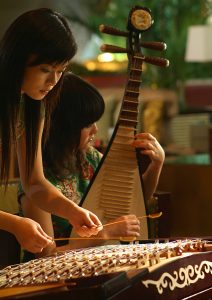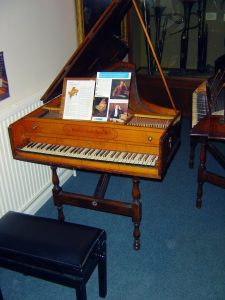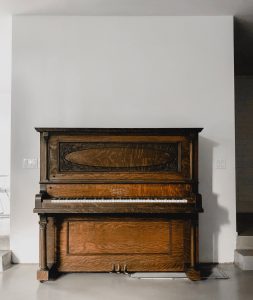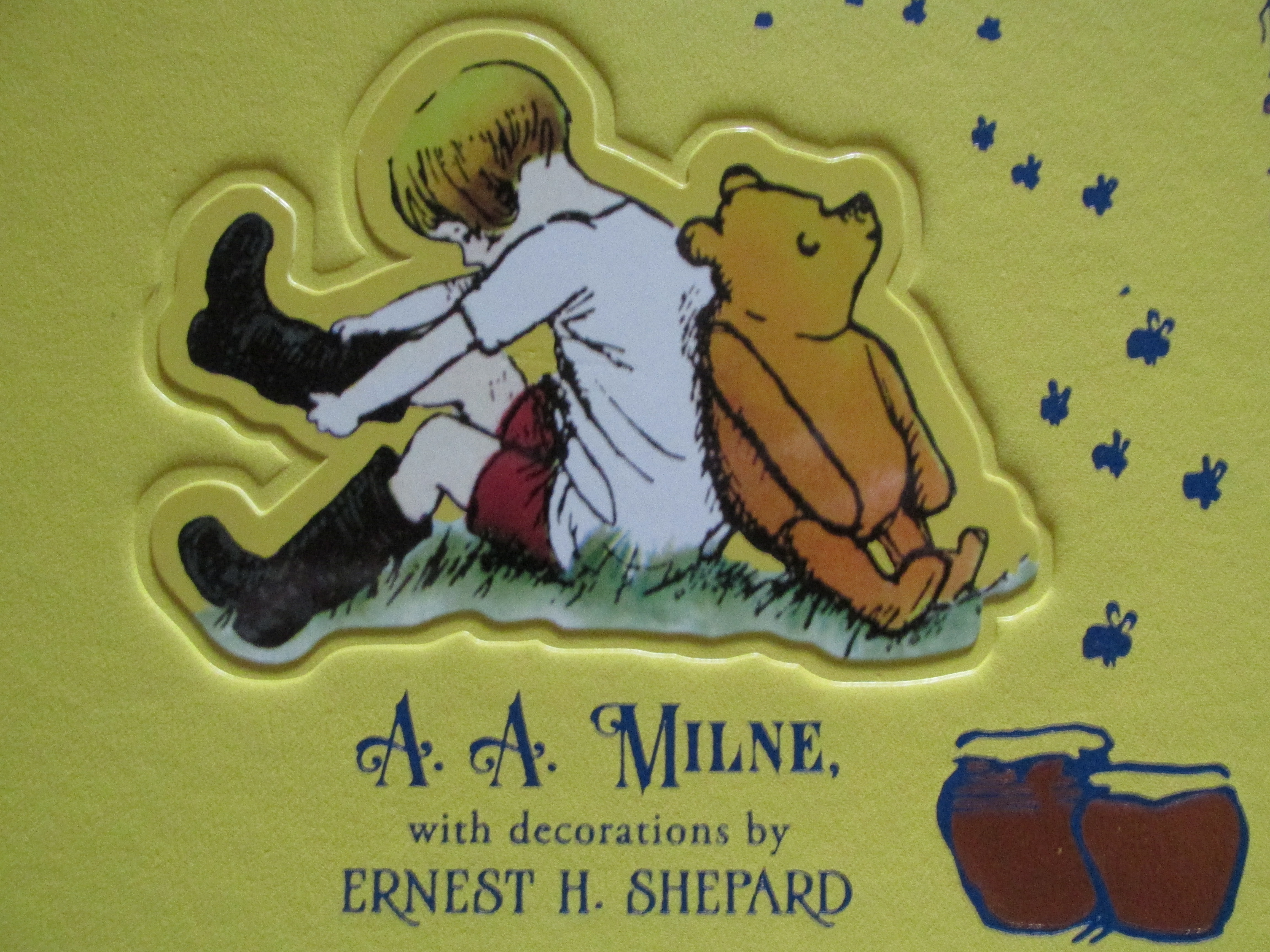As a writer it is important to get your details right, even in fiction. I am working on final edits of my first historical romance novel and recently, my critique partner pointed something out in my manuscript. I had written that my main character noticed that the house he was visiting had a piano twice the size as the boarding house he lives in. My story takes place in 1860, so my critique partner wanted to know how big the bigger piano was because “twice the size” seemed to be too big.
Her questions prompted me to do some research on when the piano was invented and what size they were in the 1860s, and my research led me to write and share this article with you. It just might be something you need as you write your historical novel, novella, or short story.
In the Book of Genesis in the Bible, we are told that Cain had a son Enoch. Enoch had a son Irad, and Irad had a son Mehujael. Mehujael had a son Methushael, who was the father of Lamech. Lamech had two wives, and his wife, Adah gave birth to Jabal, the father of those who live in tents and raise livestock. Adah also gave birth to Jubal, who was the father of all who play the harp and flute. (Genesis 4:17-21 NIV)
Through the generations and many years, the harp eventually inspired men to create more instruments with strings that could be hammered or plucked.
Hammered Dulcimer

During the Renaissance, many new things were being discovered and invented in Europe. Some of these things were musical instruments such as the hammered dulcimer, pictured above. The hammered dulcimer had strings stretched tight across a wooden box. The strings were tuned to different pitches depending on how tight each was stretched. To play the hammered dulcimer, a person holds two soft-covered hammers and strikes the strings.
In the fourteenth century came the clavichord, a European stringed keyboard instrument that became known as the mother of all keyboard instruments. The clavichord had an extremely low volume which made it unsatisfactory for large gatherings or playing with other instruments. Therefore, it was mostly used in private residences.
The Harpsichord
Created in Germany in the late 1300s – early 1400s. The harpsichord looks quite similar to a small piano.

The harpsichord was played by hitting keys on a keyboard. A bird quill or piece of hard leather, both known as a plectrum, would pluck a string. When the harpsichord player hits a key, the key lifts a jack, which pushes the plectrum against the strings, causing the string to be plucked. As soon as the key is released, a damper cuts off the vibration, thus cutting off the sound of that string.
The Piano
Invented by Bartolomeo Cristofori, an expert harpsichord maker. Ferdinando de’ Medici, Grand Prince of Tuscany hired Cristofori to build a harpsichord for him. Cristofori built the first piano around 1700, but Cristofori called it a gravicembalo col piano e forte, (the harpsichord that plays soft and loud). Cristofori called his later instruments pianofortes in 1732, and eventually, this instrument became what we know as the piano today.
Cristofori’s keyboard did not look like the piano keyboard we know today, as he made the natural keys black and the accidentals white. Sebastion LeBlanc later suggested switching the black and white keys. Three of Cristofori’s pianos that date from the 1720s still exist today.
Many men have since built pianos, but all have followed Cristofori’s actual workings and simply made improvements such as adding pedals as well as their choices of materials for the piano case. Size became another variant with the grand piano, baby grand, and upright piano.







No Comments